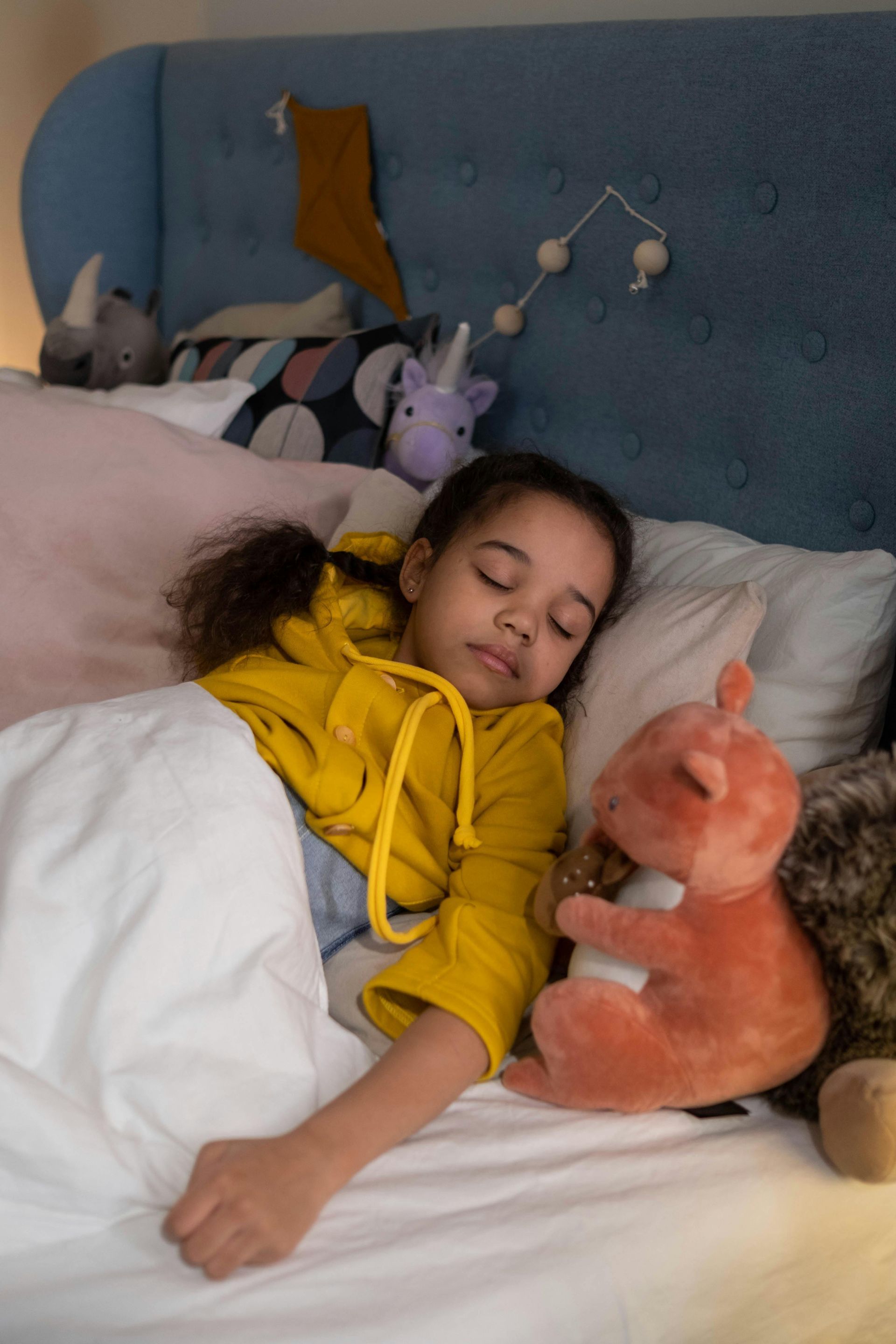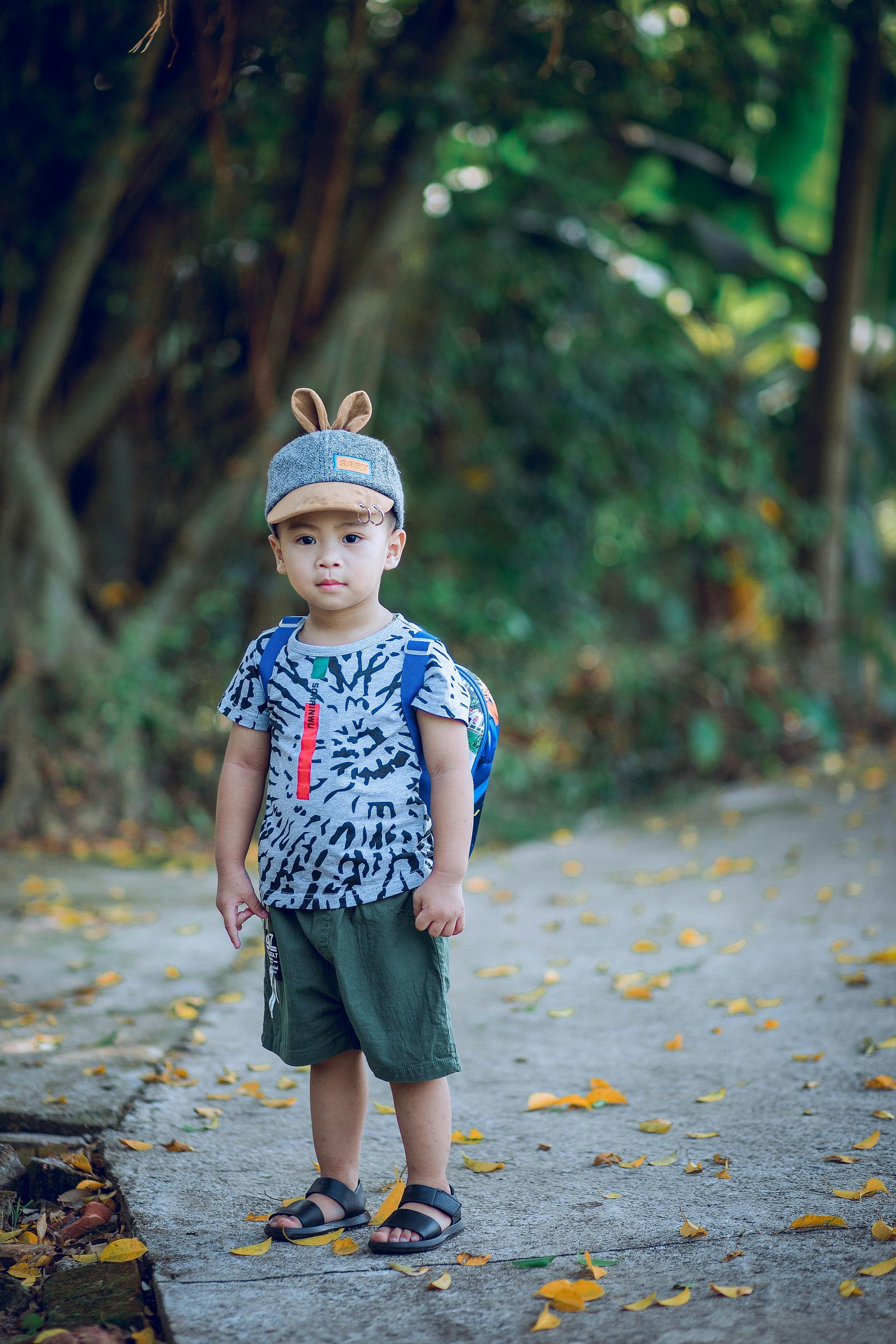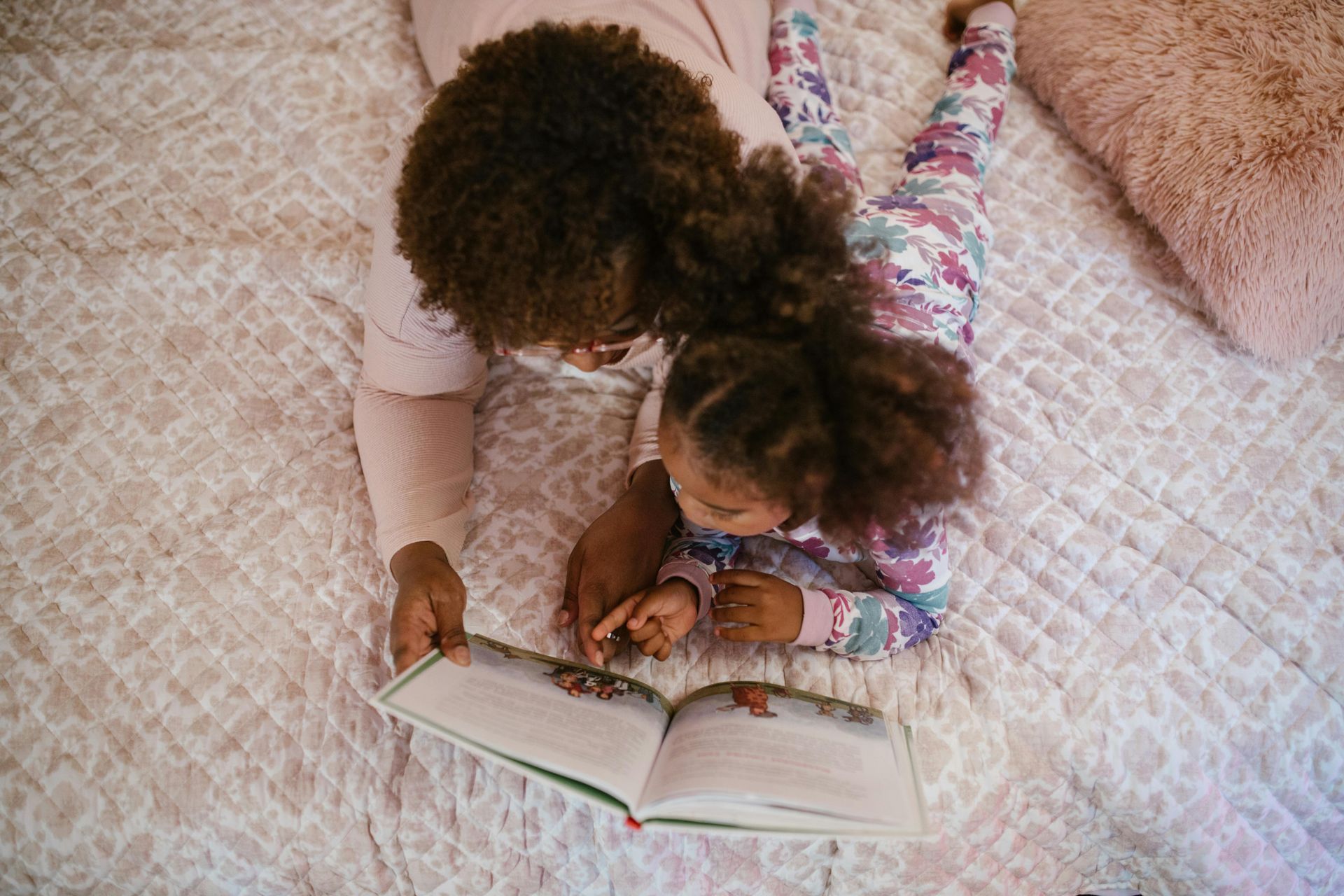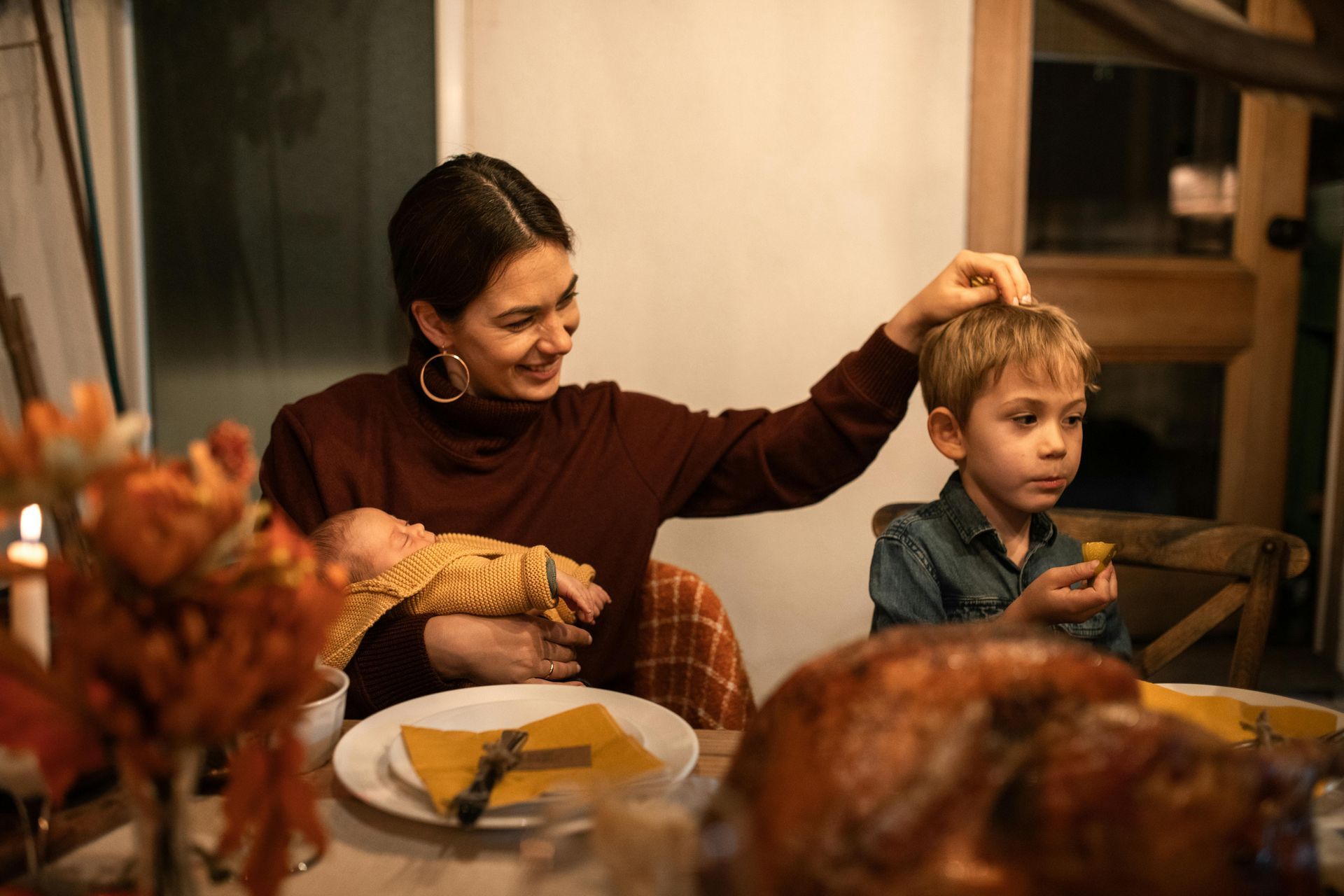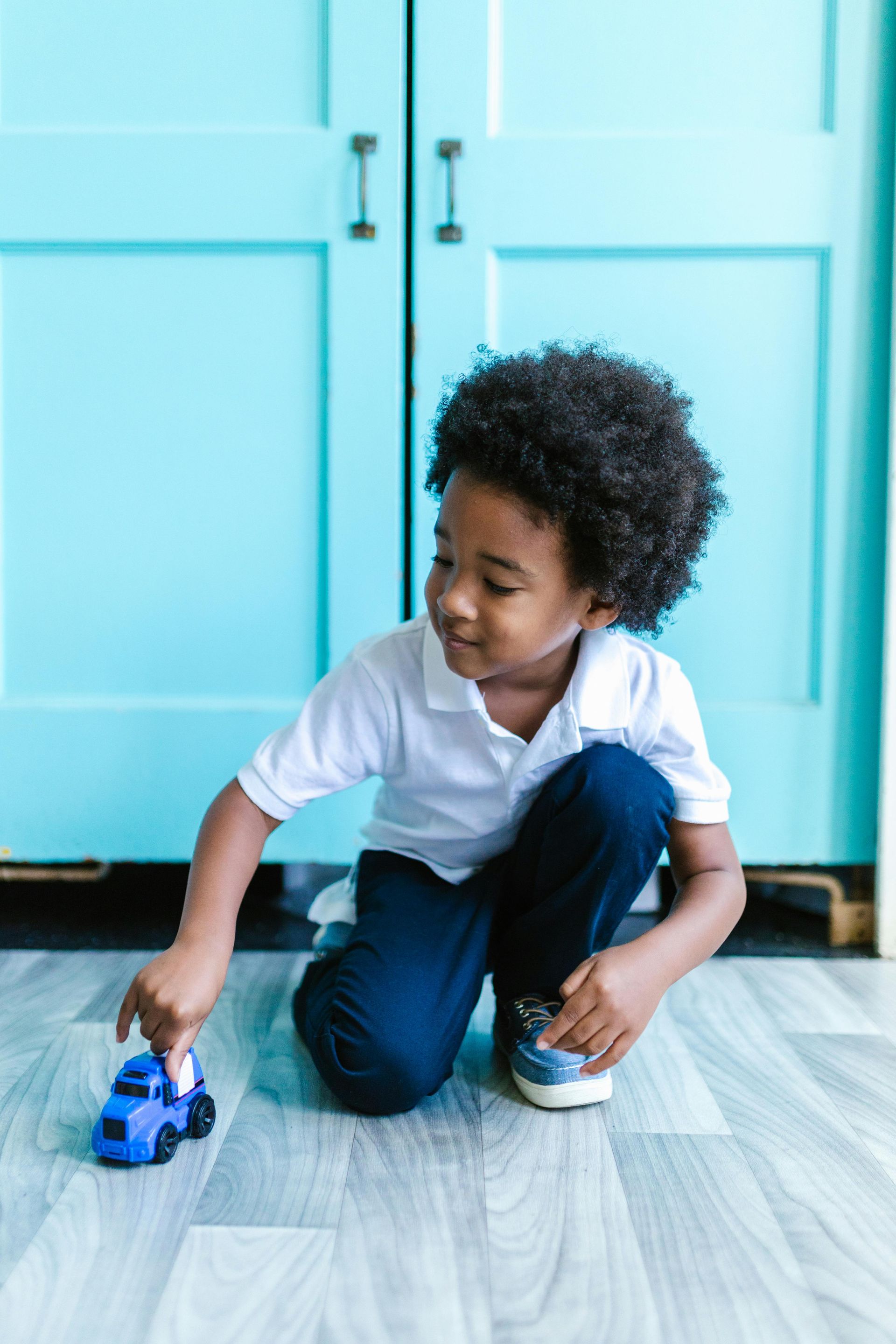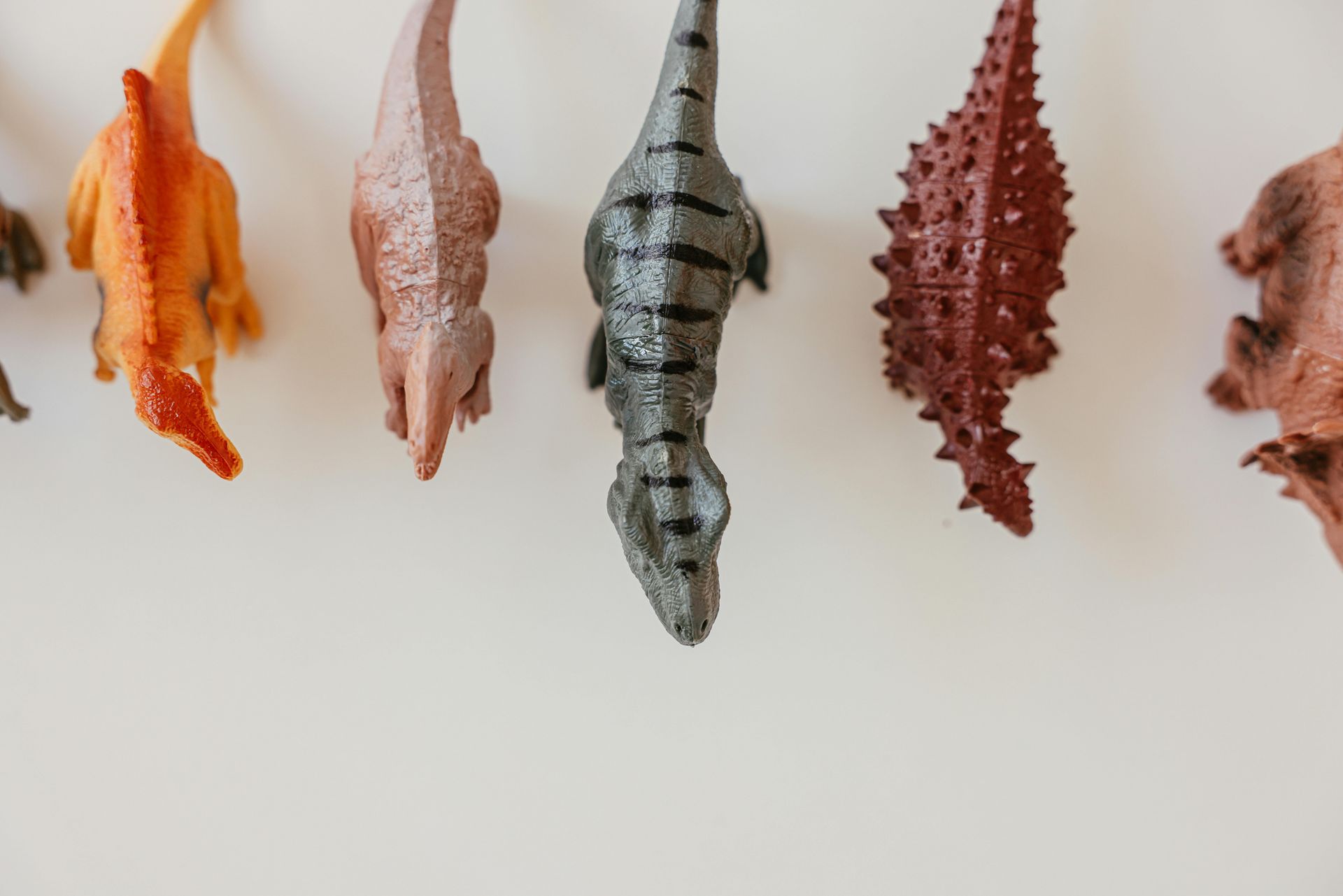Trick-or-Treating Tips for Children with Autism
Trick-or-Treating Tips for Children with Autism

TIt’s almost time for trick-or-treating or whatever alternative fall festivity your family may enjoy. Here are our top tips for braving the trick-or-treating experience with a child with autism.
Watch movies or use stories to prepare for the experience. Many favorite book series, like Pete the Cat, Llama Llama, or the Berenstain Bears have Halloween themed books that can further help acquaint your child with the tradition of trick-or-treating.
Practice trick-or-treating. Get your child familiar with the trick-or-treating process by practicing ahead of time with a neighbor or perhaps even throughout the rooms of your own house.
Make a visual plan or map. It might make it easier for your child to wait to dig into their candy if you let them know ahead of time how many homes you plan to visit that evening.
Pick the right costume for your child. Choosing just the right costume for a child with autism involves more than just thinking through potential characters or animals. Also consider what the costume is made of, if it will be itchy or otherwise uncomfortable for your child. When settled on a costume, let them practice wearing it around the house before the big day.
Plan to go out early enough to try and stick to your regular nighttime schedule after the fact. Remember the power of routine, and try to find a way to keep your child’s in place to the greatest extent possible.
Know your child’s limits. Select an appropriate amount of time and number of houses to hit. Don’t be afraid to change the plan and end early if necessary. You know your child best.
Use headphones. If, in the past, headphones have worked for your child to help manage noises in large crowds, you may want to bring a pair along trick-or-treating.
Bring a favorite toy. Similarly, go equipped with a toy or other highly desired item that may help bring comfort if your child meets a distressing situation.
Most importantly, have fun!
To find out more about ABA Therapy contact Positive Reinforcement today. Servicing North Virginia, West Virginia. Now providing ABA Therapy in Richmond Virginia.

